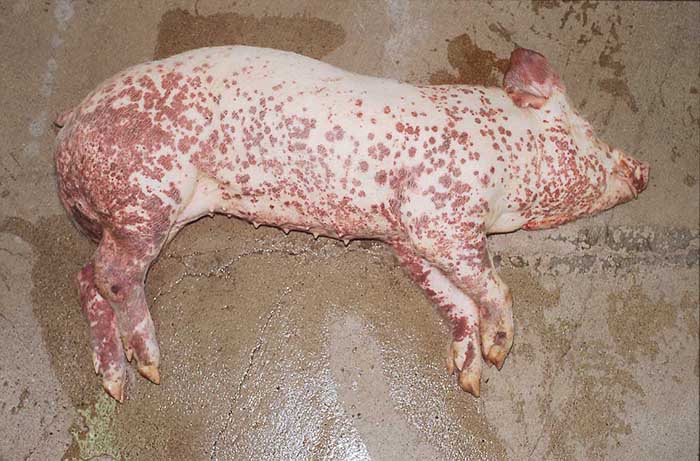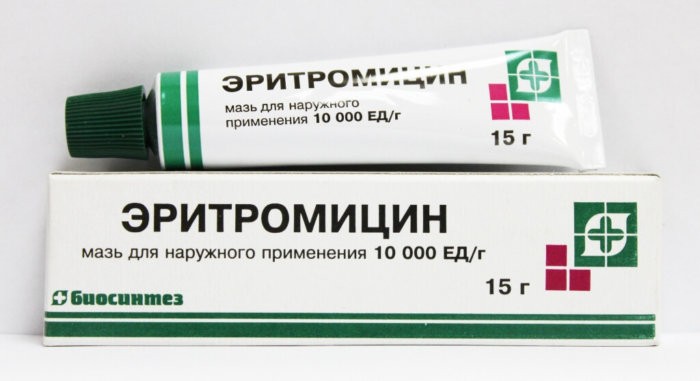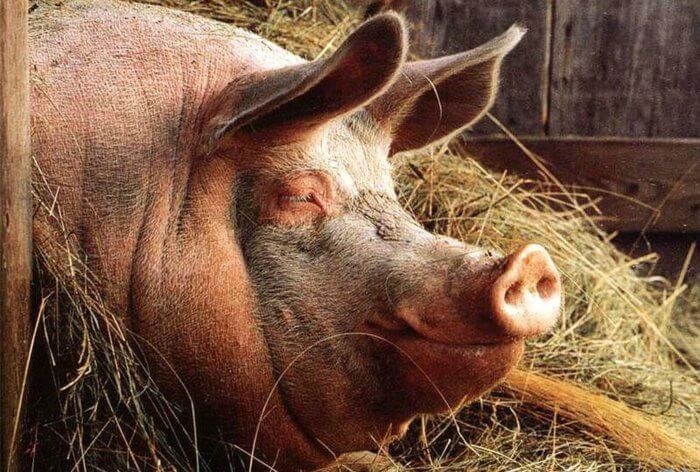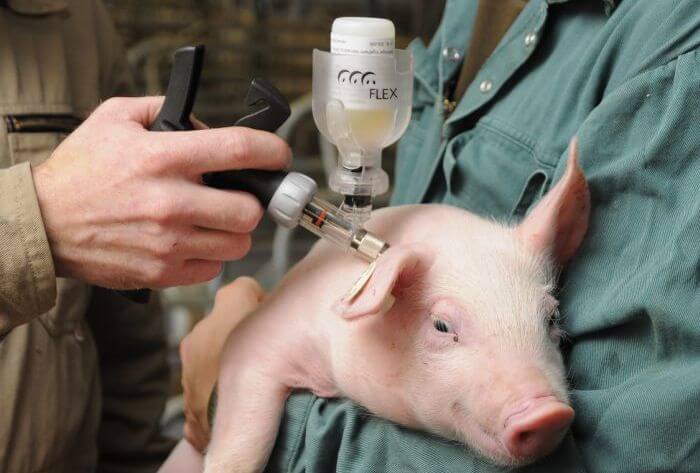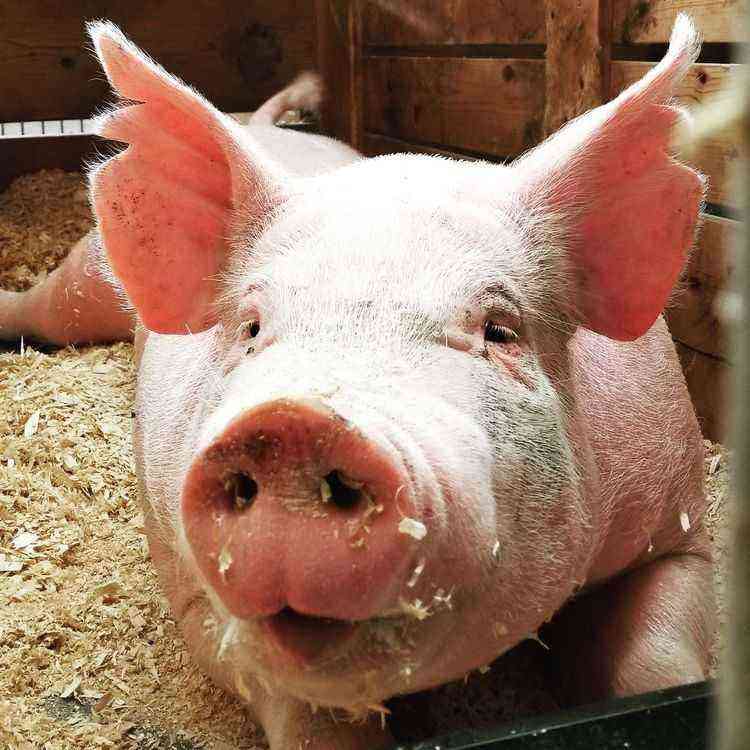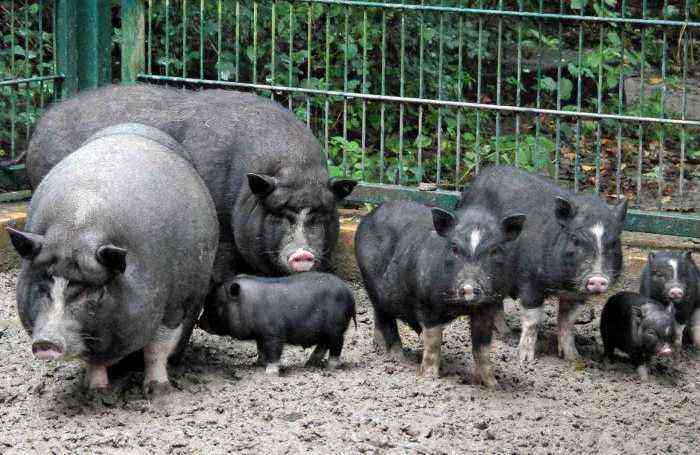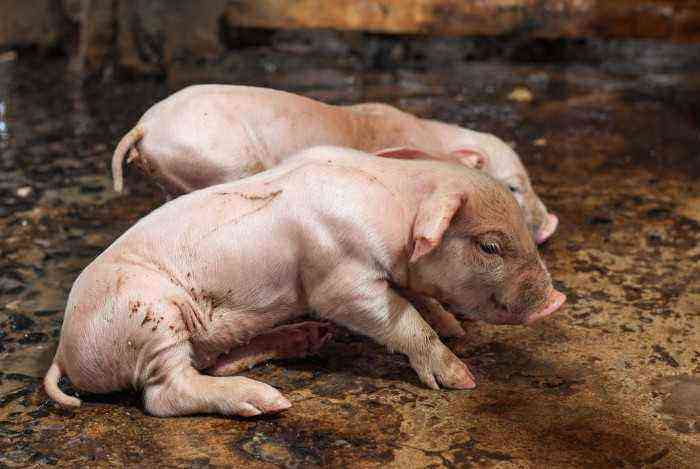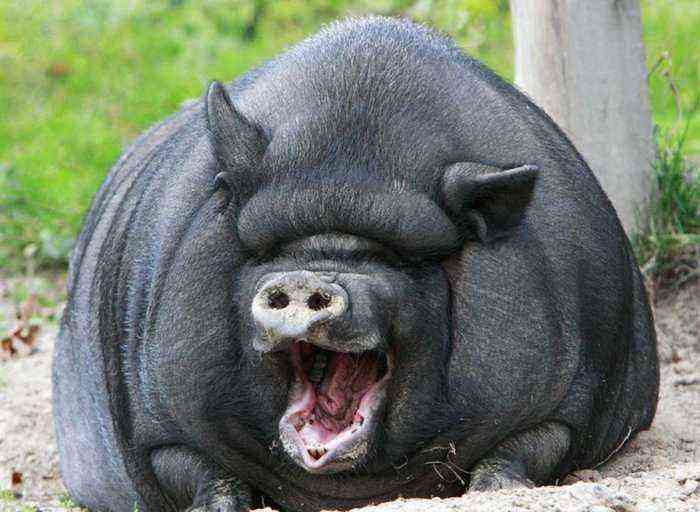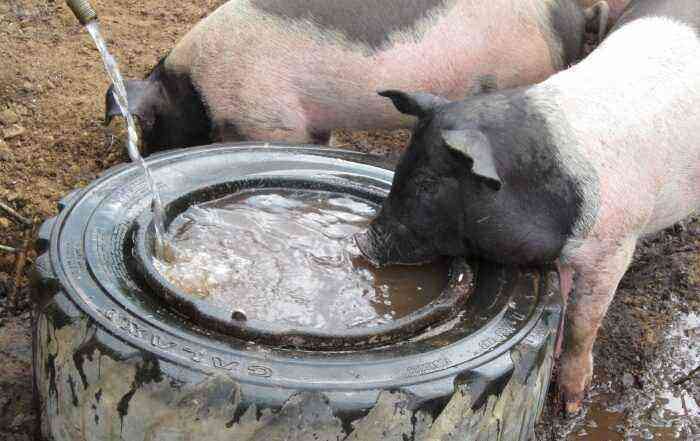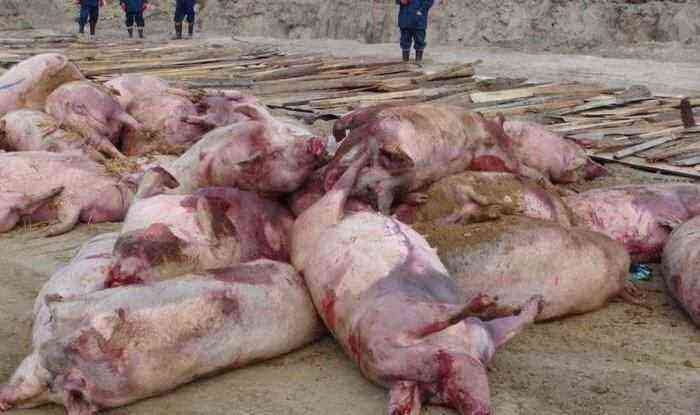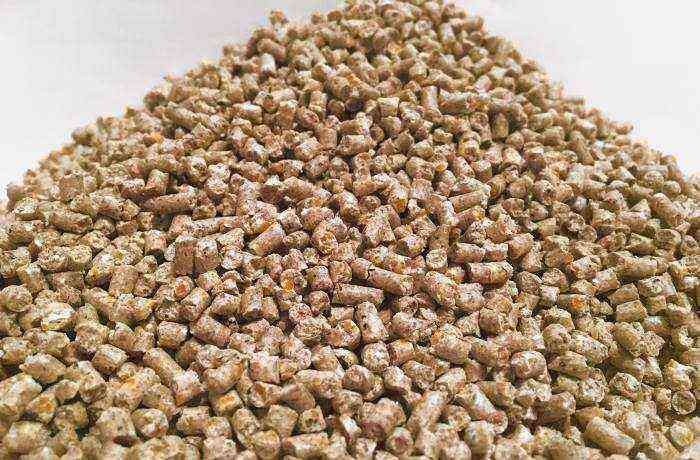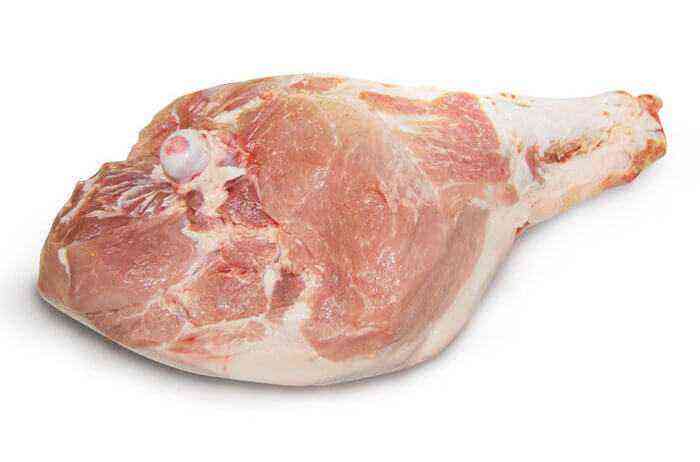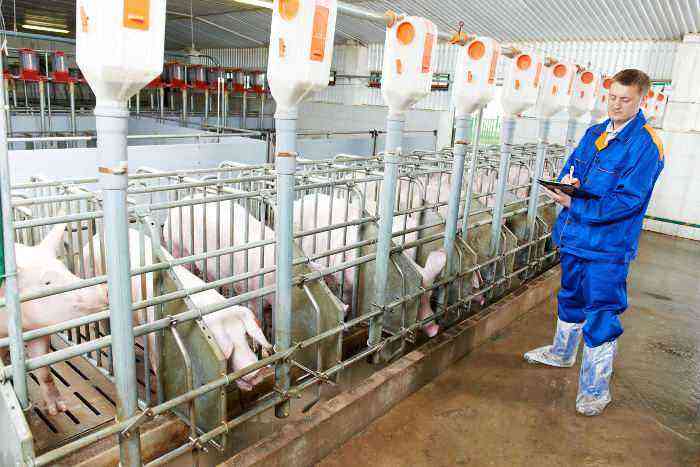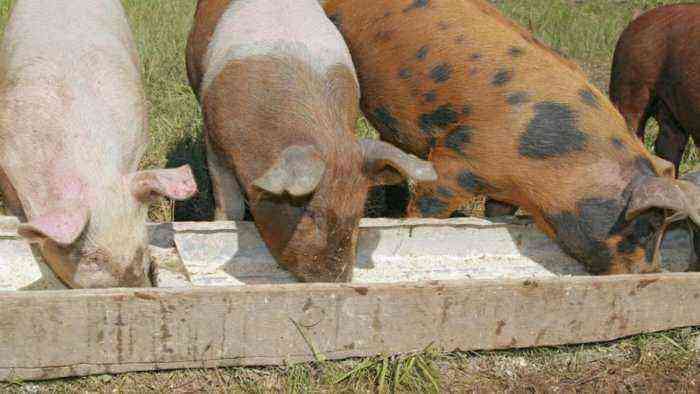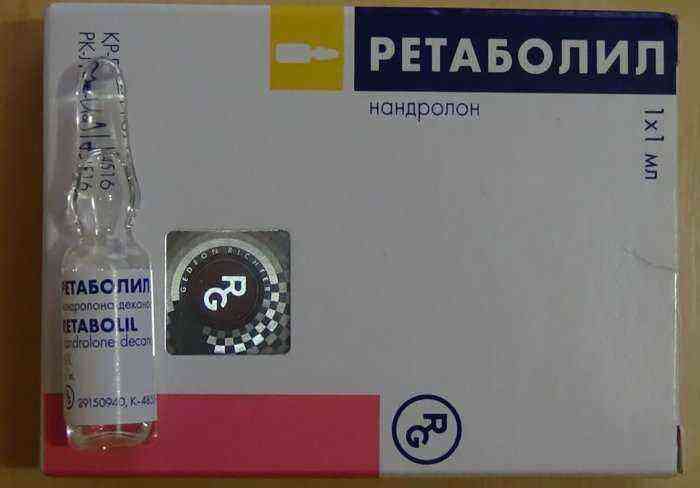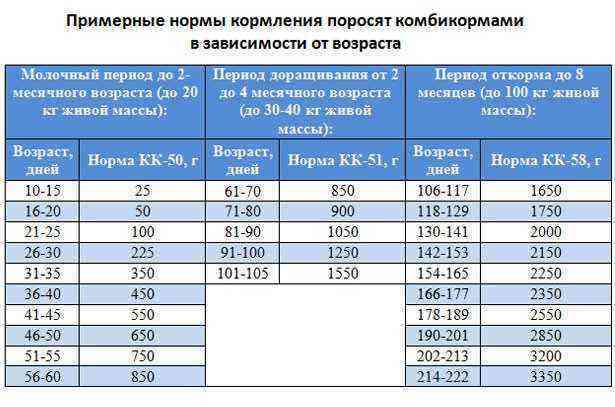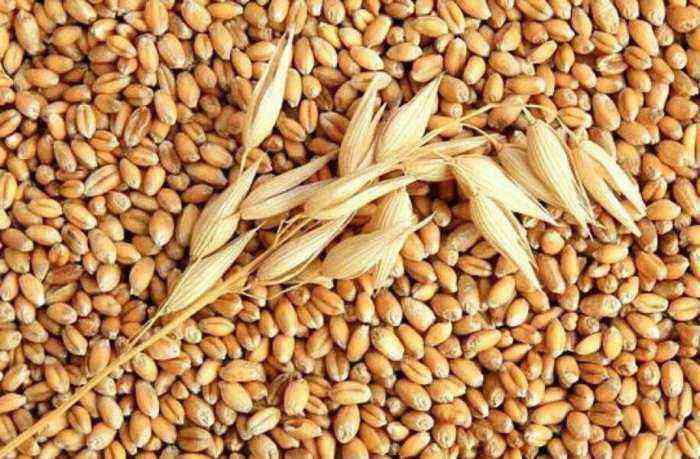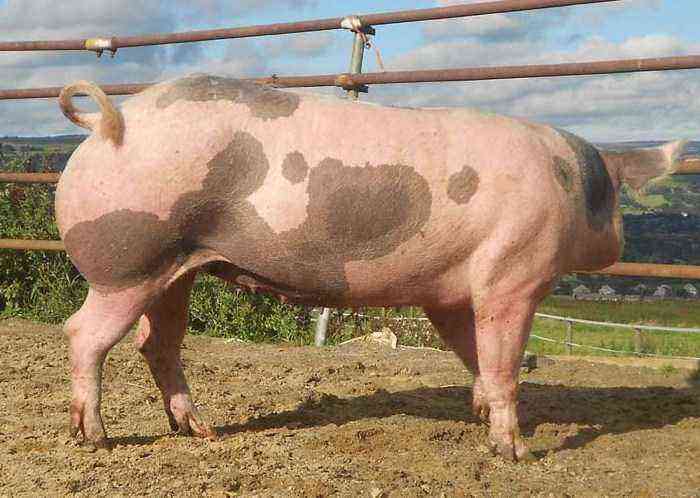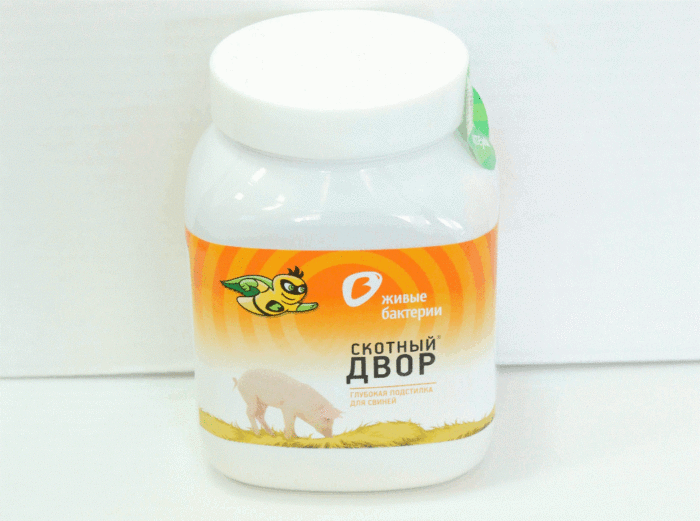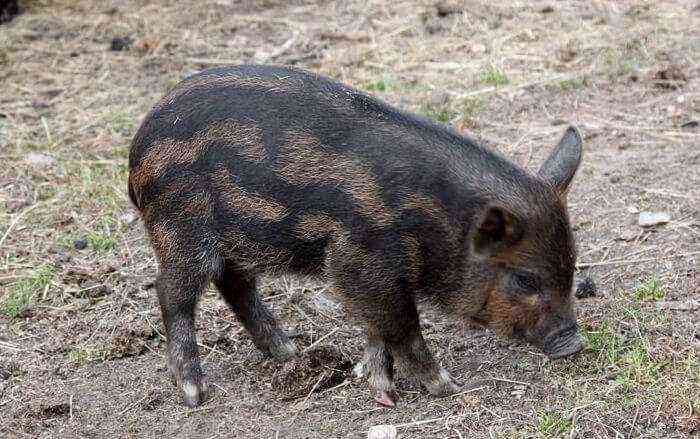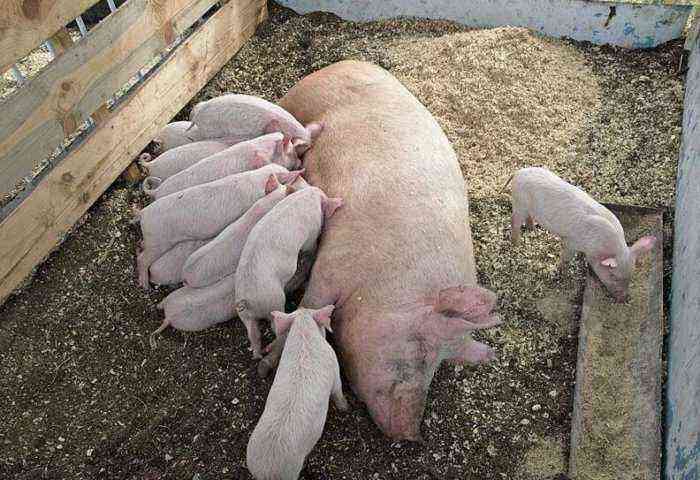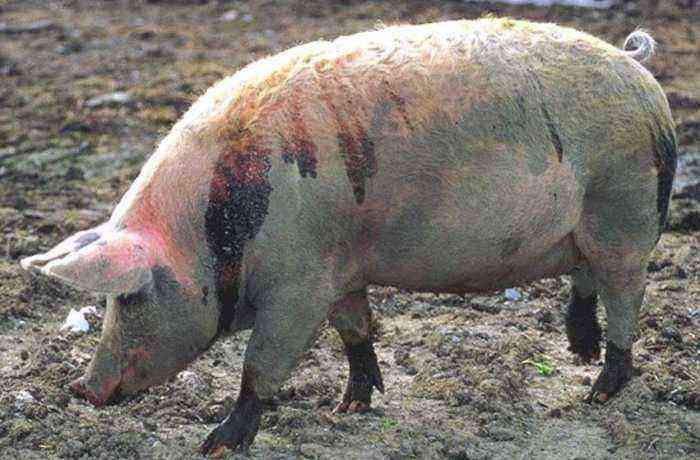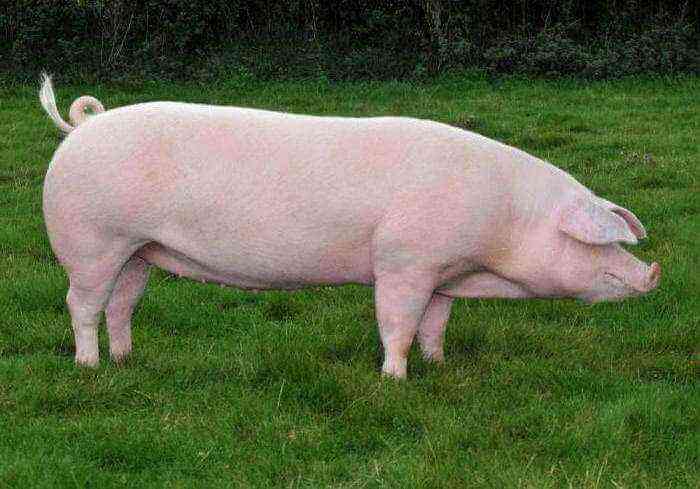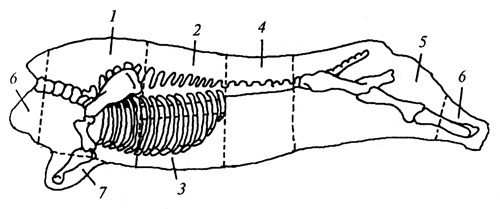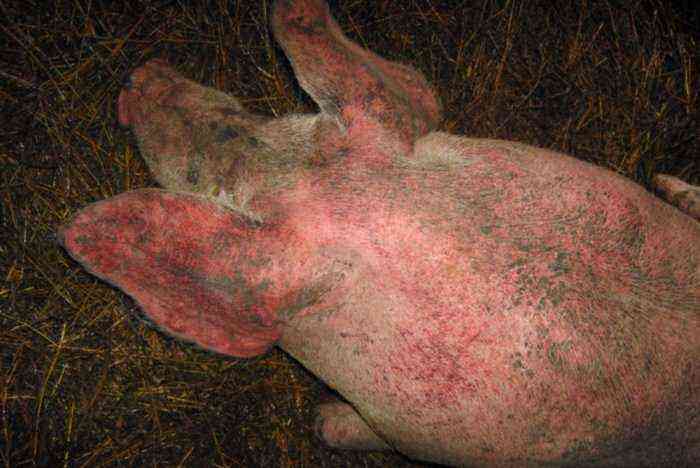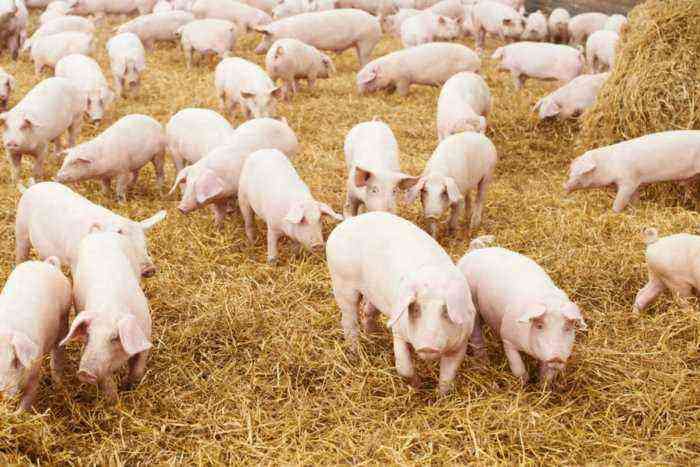Infectious diseases of pigs pose a particular danger to the farm. They spread at lightning speed, so that in a short time the virus can cover a large part of the livestock. In this case, the farmer is doomed to suffer great losses. He should have at least basic information about what infectious diseases are in pigs, and how they manifest themselves. This knowledge will help him respond in time and protect the livestock from the spread of infection.
Pigs
Types of infectious diseases of pigs
Infectious diseases are caused by various pathogens – viruses, bacteria, pathogenic fungi. They enter the body of the animal through the digestive tract, microdamages on the skin, sexually. The main characteristics of infectious diseases are as follows:
- They are able to quickly be transmitted to healthy individuals.
- The course of diseases usually has several stages – latent, precursors, acute, recovery stage.
- After recovery, immunity to the pathogen is formed, thanks to the antibodies that are produced in the blood of the ill animal.
Most often, pigs become infected with such infectious diseases:
- Viral gastroenteritis.
- Erysipelas.
- Circovirus infection.
- Paratif.
- Aujeszky’s disease.
- Edema disease of piglets.
- Dysentery.
- parvovirus infection.
- Leptospirosis in pigs.
To have an idea about the causative agents of these ailments, their manifestations and prognosis, we will consider each item in detail.
Viral gastroenteritis
Transmissible gastroenteritis is caused by the coronavirus. Getting into the digestive tract of pigs, it provokes the occurrence of inflammation of the gastric mucosa.
Infection of animals occurs mainly during watering
Infection of animals occurs mainly in the alimentary way during a watering place, eating food contaminated with microorganisms. Carriers of the virus are sick pigs, birds, rodents, domestic animals.
Reference. Animals that have had viral gastroenteritis continue to excrete the virus in faeces and urine for 2-3 months.
The disease is most dangerous for suckling pigs, they die 3-5 days after infection. Consider the symptoms of viral gastroenteritis:
- Loss of appetite.
- Depressed state. Temperature increase (usually short-term).
- Vomiting.
- Diarrhea (liquid, greenish stools, their excretion occurs involuntarily).
- Dehydration, manifested by sunken eyes, dry mucous membranes.
- Lactating sows stop producing milk.
Treatment of viral gastroenteritis begins immediately. Sick pigs are immediately separated into an isolation room, and feeding is stopped for a day. Inside give furatsilin or furazonal – antimicrobial agents. Broad-spectrum antibiotics are administered intramuscularly. Since sick individuals lose a lot of fluid, it is necessary to restore the water and electrolyte balance. Pigs are soldered with salted water. With frequent vomiting, solutions that compensate for the lack of fluid and mineral salts are administered intravenously.
Food is offered only in liquid form. It is advisable to use sorbents to relieve symptoms of intoxication. When animals begin to recover, it is recommended to give them probiotics to normalize the microflora.
Mug
Erysipelas is caused by a bacterium called erysipelothrix insidia. It enters the body through the respiratory system, through the skin or with food. If the disease proceeds in an acute form, it is characterized by the development of septicemia, endocarditis, necrosis of the skin and polyarthritis.
Outbreaks of erysipelas occur mainly in the warm season. Sources of infection are sick animals, contaminated feed, water. Most often, erysipelas affects piglets under the age of one year. The course of the disease can be different, it depends on the degree of virulence of the pathogen, the age of the animal, the conditions of its maintenance, and the immune status.
Reference. The fulminant and acute course of the disease almost always ends in the death of pigs.
Symptoms of erysipelas in the acute form of the disease:
Pig erysipelas
- A sharp rise in temperature to 40,5-41 degrees.
- Refusal to eat.
- Oppression.
- Chills.
- Thirst.
- Difficulty breathing.
- Cyanosis of the skin in the neck, peritoneum.
- The appearance of characteristic pink spots on the sides and back of the animal, which soon darken, become purple.
- Skin necrosis.
- Intestinal atony.
If the erysipelas proceeds subacutely, the development of conjunctivitis, a rash on the body, is possible. On the sides and back of a sick individual, bulges appear in the form of triangles, rhombuses, which eventually merge.
Reference. The appearance of characteristic spots on the body of a pig is a good sign. Usually after that the animal becomes easier. Gradually, the rash passes, and the condition stabilizes.
The chronic course of the disease is characterized by a violation of cardiac activity and the development of arthritis.
Erysipelas are treated with anti-erysipelas serum and antibacterial agents. It is administered subcutaneously. The dosage is calculated based on the weight of the animal (approximately 1,5 ml per kilogram of weight). Antibiotics of the penicillin series are administered intramuscularly:
- Streptomycin.
- Oxytetracycline.
- Erythromycin.
Erythromycin
To relieve symptoms, drugs that stimulate the heart, intestines and nervous system will be used.
Attention! If infection with erysipelas is suspected, healthy individuals are immediately vaccinated, patients are kept separately, in an isolation room, the premises require disinfection with caustic soda or bleach solution.
Circovirus infection
This infectious disease affects piglets recently weaned from their mother. The causative agent is a DNA-containing virus that multiplies in the lymphoid tissue. The source of infection is sick individuals. The spread of infection is facilitated by crowded keeping of animals, poor ventilation, often the cause is early vaccination of piglets (before reaching two months of age). The virus is transmitted mainly by airborne droplets, sometimes from the sow.
Symptoms of a circovirus infection:
- Piglets sleep a lot, weakened.
- They are stunted, emaciated.
- The sucking reflex is poorly developed.
- The skin becomes yellowish.
- Ears are pale or even cyanotic.
- Diarrhea.
- Trembling is observed.
- Violation of coordination of movements.
- On the skin manifestations of dermatitis – a rash, spots of irregular shape.
- Sometimes conjunctivitis develops.
An effective treatment for circovirus is still under development. For prevention purposes, vaccination of sows and piglets is recommended, however, it should not be carried out immediately after weaning when the babies are stressed.
Circovirus infection in piglets
Paratyphoid
This disease is caused by salmonella bacteria. They penetrate into the body of animals in the alimentary way – with food or water. The causative agent of paratyphoid fever is extremely resistant to external factors, so this disease is very difficult to treat. The disease affects piglets under the age of six months and causes changes in the circulatory and nervous systems and is accompanied by severe intoxication of the body. Paratyphoid occurs predominantly in a chronic form, but in animals with low immunity, including small piglets, the course of the disease is acute.
Symptoms of swine paratyphoid:
- A sharp increase in temperature to 41,5 degrees or more.
- Loss of appetite.
- The animal is depressed, lies buried in the bedding.
- The bristles are tousled.
- Skin tone changes from pink to grey.
- Diarrhea.
- Eczema.
- Fecal masses are fetid, gray-green in color.
- Closer to the final stage of the disease, the skin on the ears and neck becomes bluish.
Reference. With an acute form of paratyphoid, piglets have practically no chance of surviving. Death occurs within a few days.
In the chronic course, the symptoms are smoother, there is diarrhea, which is often replaced by constipation, the animal loses weight.
Antibiotics (levomycetin, tetracycline) and nitrofurans, as well as a special serum containing antibodies to the pathogen, are used to treat paratyphoid. Vaccination helps prevent outbreaks. It is carried out for suckling piglets that have reached the age of 20 days, twice with an interval of 8 days.
The causative agent of paratyphoid
Aujeszky’s disease
This infectious disease is caused by a DNA-containing herpesvirus. Piglets under two months of age are most at risk of infection. Infection occurs both by the alimentary route, and through the respiratory organs, mucous membranes and lesions on the skin. The source of the virus is sick animals or virus carriers (recovered individuals who continue to excrete pathogens with urine, feces, mucus for several weeks after recovery). Mortality is quite high – only 4-5% of individuals survive among piglets. Aujeszky’s disease is accompanied by disorders of the nervous system, as the virus enters the brain of animals and multiplies there.
Symptoms of Aujeszky’s disease in piglets (acute):
- Fever.
- Excitement, great anxiety.
- Hard breath.
- Copious flow of frothy saliva.
- Sneezing
- Pigs take unnatural postures for them, make swimming movements, lying on their side.
- Convulsive syndrome.
- Paralysis of limbs, larynx.
In adults, the disease is much easier, the animals recover in a few days. Symptoms include loss of appetite, depression, cough (the disease is complicated by pneumonia).
There is no effective treatment regimen. Practice has shown that the use of immunoglobulins does not give the expected result. To prevent the development of pneumonia, sick animals are advised to inject antibiotics and give vitamins. After recovery, adults are virus carriers.
Edema disease of piglets
The causative agent of edematous disease is Escherichia coli. After entering the body of a pig, it affects the digestive organs and the central nervous system. Toxins secreted by pathogenic bacteria cause vascular dystonia and hemostasis. As a result, tissues receive insufficient oxygen, and fluid accumulates in them. Edema is formed not only under the skin, but also in the internal organs and brain. The edematous disease affects predominantly weaned piglets.
The causative agent of edematous disease is Escherichia coli
Symptoms:
- The temperature rises to 42 degrees.
- Anxiety.
- The sensitivity of the skin is increased (piglets squeal when touched).
- Cramps in the muscles of the limbs, neck.
- In the future, there is swelling of the eyelids, frontal part, nose, ears.
- Refusal to eat.
- Diarrhea or vomiting.
- Signs of heart failure – the pulse quickens, but the beats are weak.
- The skin of the ears, the patch, the peritoneum turns blue.
- Shortness of breath develops.
- Shortly before death, seizures, muscle paralysis may begin.
For the treatment of edematous disease, broad-spectrum antibacterial drugs, as well as nitrofurans, are used. Antihistamines are administered intramuscularly. Piglets are given urotropin to reduce vascular permeability. A specific treatment regimen and drugs for edematous disease do not yet exist.
Dysentery
Dysentery is an infectious disease caused by spirochete, an anaerobic bacterium. Outbreaks are most often recorded in winter and spring, when the immune system of pigs is somewhat weakened. The infection enters the body through the alimentary route. Reproducing in the intestines, it causes disruption of the digestive tract, diarrhea, intoxication of the body. The disease affects pigs of all ages, but young pigs are particularly at risk of infection. Mortality among monthly piglets reaches 100%.
Symptoms:
- Severe diarrhea (stools are watery gray-green with blood).
- Dehydration (eyes sink, mucous membranes are dry).
- Thirst.
- Weakness, staggering gait.
- Pallor of the skin.
- Sometimes there is vomiting.
- Exhaustion.
Treatment is carried out with drugs to which the spirochete is sensitive. For example, Osarsol. Along with this, Furazolidone is also used, since other pathogenic microflora predominates in dysentery in the intestine.
Parvovirus infection
This disease is unique to pigs and is caused by a pathogen belonging to the genus Parvovirus. Clinical manifestations of the disease are observed only in females. These include:
- Abortion.
- Infertility.
- Stillbirth.
- Fruit mummification.
Vaccination of piglets
Infection with parvovirus occurs through contact with sick animals or virus carriers, as well as through the placenta from a sow. There is no cure for this disease. As a prophylaxis, a vaccine containing inactivated viruses is used.
Leptospirosis in pigs
This disease is caused by the mobile spirochete Leptospira. Microorganisms are represented by many types. The pathogen enters the body of pigs through the digestive tract, skin and sexually. For some time, spirochetes are in the blood, and after the production of antibodies, they settle in the kidneys of the animal. Leptospirosis leads to the birth of dead fetuses, early abortions or the birth of non-viable piglets.
Clinical signs of infection are similar to influenza:
- The animal is oppressed.
- The temperature has risen.
- No appetite.
- Diarrhea or constipation may occur.
- Conjunctivitis.
- Pregnant pigs abort within a month of infection.
Streptomycin, as well as some derivatives of tetracycline and penicillin, are used to treat leptospirosis. Antibiotics are administered intramuscularly. As a preventive measure, it is recommended to vaccinate against leptospirosis, after which the body’s resistance to the pathogen persists for 6-12 months.
Infectious diseases can cause very large losses to the farm. Young animals are especially at risk. That is why it is wise to try to prevent their spread on the farm. It is necessary to carry out routine vaccination of the livestock on time. Such a measure will help to avoid mass infection of dangerous infections.

